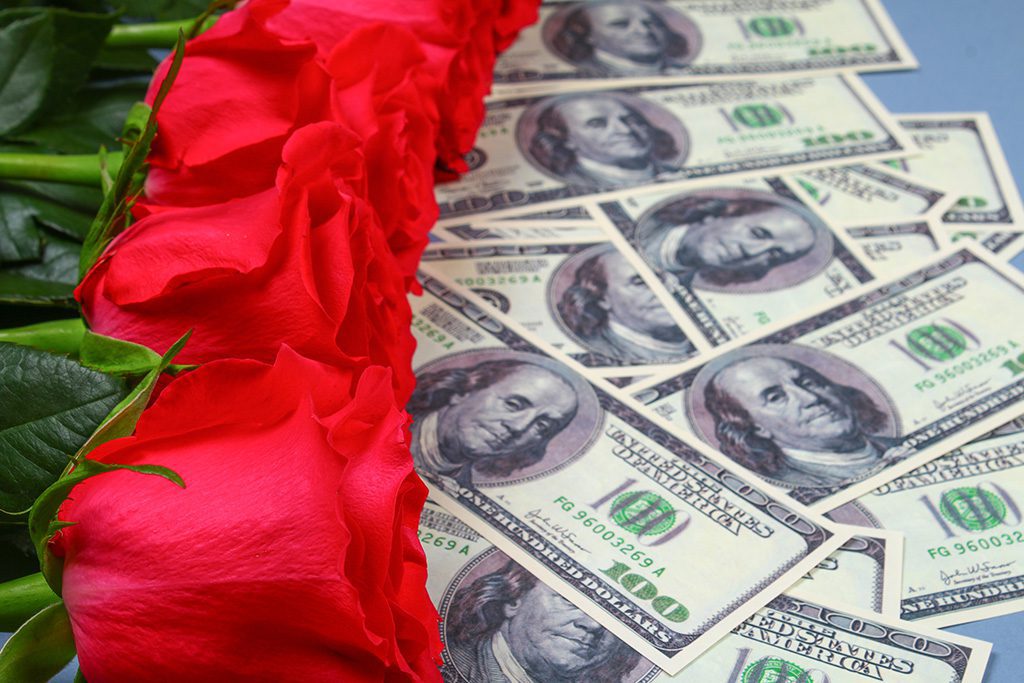
A survey by the National Retail Federation found that consumers will spend an estimated $25.9 billion for Valentine’s Day, up from $23.9 billion last year, making it one of the highest spending years on record.
The floral industry is poised for a prosperous Valentine’s Day, thanks to the slowing rate of inflation, rising wages, and COVID-19 relief money consumers still have in savings, says Charlie Hall, Ph.D., the Ellison Chair of Floriculture at Texas A&M University and the Society of American Florists’ Chief Economist.
“This Valentine’s Day, there is absolutely no reason why the end consumer cannot afford to buy flowers,” Hall said in January during a virtual roundtable for the association’s Ultimate level retail members and suppliers. “They have the means to buy flowers.”
The National Retail Federation (NRF) concurs. It estimates consumers will spend $25.9 billion for the holiday, up from $23.9 billion last year, making it one of the highest spending years on record. It also found in its survey of more than 7,500 U.S. consumers that 52 percent will spend an average of $192.80, up from $175.41 last year. Consumers aged 35 to 44 will spend the most, about $335.71 on average, the survey found.
And there’s even better news for florists: The NRF’s survey ranked flowers the third most popular gift behind candy and greeting cards. It estimates 37 percent of consumers will purchase flowers for Valentine’s Day.
That optimism is welcomed by retail florists, especially the 47 percent who reported in an SAF survey that their December sales decreased from the prior year, which many blamed on inflation. (In that same survey, nearly 33 percent of respondents said they expect Valentine’s Day sales to be up from 2022; about 41 percent expect sales to be flat; and 15 percent expect a decrease in sales).
Hall pointed out that the inflation rate has slowed, and he said he expects it to continue to slow. In December, inflation had slowed for a sixth straight month to 6.5 percent, the lowest rate since October 2021. (The January consumer price index, by which inflation is measured, will be released Feb. 14).
Not only are prices easing, but Hall also cited increased wages and an estimated $800 million of unspent government COVID-19 relief money as other factors that will contribute to Valentine’s Day spending.
“Real incomes, when accounting for inflation, over the last five months have been rising slowly,” Hall said. “As spend the Covid money, it is replaced by rising incomes. Expenditures rise to meet income.”
Hall acknowledged a slowdown in retail sales, which fell 1.1 percent in December from November, but cautioned that the drop was “not anything dramatic,” and emphasized that overall, there are reasons to be optimistic about the economy and supply chain.
“We are seeing improvement,” Hall said. “Monetary policy is taking effect…Costs are decreasing, the supply chain is improving.”
Amanda Jedlinsky is the managing editor of SAF NOW.

